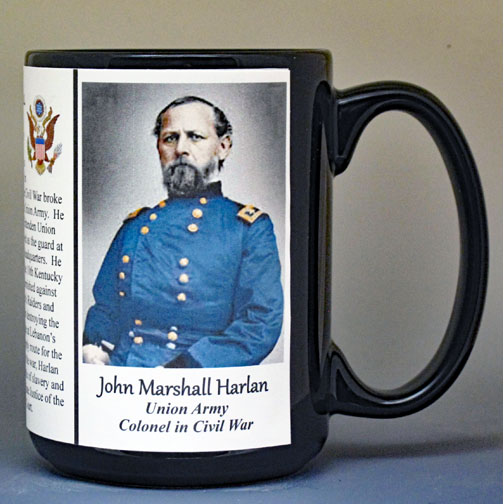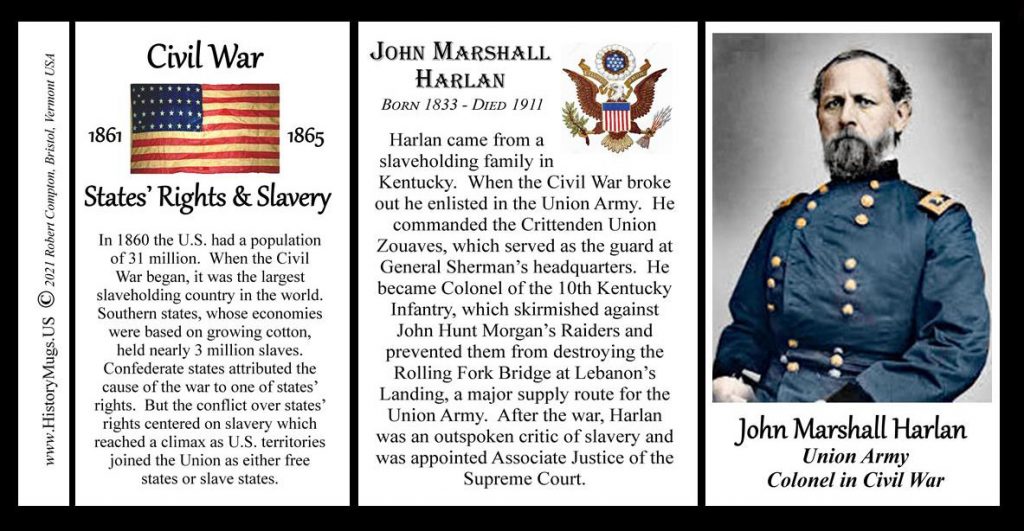

The separate-but-equal reasoning was thoroughly discredited even before it was officially overruled by Brown v.

Some parts of Harlan's opinion were less progressive, such as racist language directed toward Asians.Ī family illness prevented Brewer from considering the case. Accordingly, all citizens should have equal access to civil rights. He argued that the constitution was color-blind and that the United States had no class system. In a dissent that ultimately became more influential than the majority opinion, Harlan likened the decision to Dred Scott v. (This was somewhat true regarding railway cars, but it was much less true in other types of segregated facilities.) He suggested that African-Americans were responsible for interpreting the law as connoting inferiority, and he pointed out that there was not a meaningful difference in quality between whites-only and African-American railway cars. Plessy was convicted and fined.įinding nothing discriminatory about the Louisiana law, Brown stated that separate treatment did not imply the inferiority of African-Americans but merely was a matter of state policy. Their theory failed, and the judge found that Louisiana could enforce this law insofar as it affected railroads within its boundaries. Plessy's lawyers argued that the Separate Car Act violated the Thirteenth and Fourteenth Amendments. The train was stopped so that he could be removed, and a trial proceeded.

When Plessy was told to vacate the whites-only car and sit in the African-American car, he refused and was arrested by the detective. It knew about the intention to challenge the law, and the Committee of Citizens also enlisted a private detective to detain Plessy on the train so that he could be charged under the Separate Car Act. The railroad cooperated in the test case because it viewed the law as imposing unnecessary additional costs through the purchase of more railroad cars.

He bought a first-class ticket and boarded the whites-only car of the East Louisiana Railroad in a train for Covington. They asked Plessy, who was technically African-American under Louisiana law, to sit in a whites-only car. The Comite des Citoyens (Committee of Citizens) was a group of New Orleans residents from a variety of ethnic backgrounds that sought to repeal this law. This law required that railroads provide separate cars and other accommodations for whites and African-Americans. Homer Plessy, a free man who was seven-eighths white and one-eighth of African descent, agreed to participate in a test case to challenge a Louisiana law known as the Separate Car Act.


 0 kommentar(er)
0 kommentar(er)
